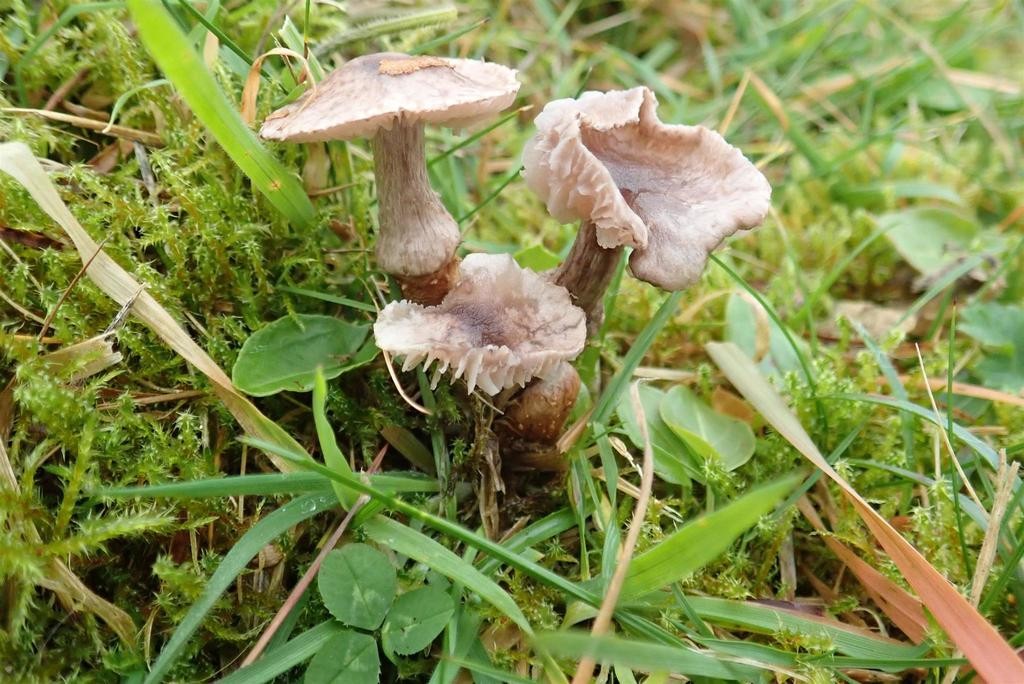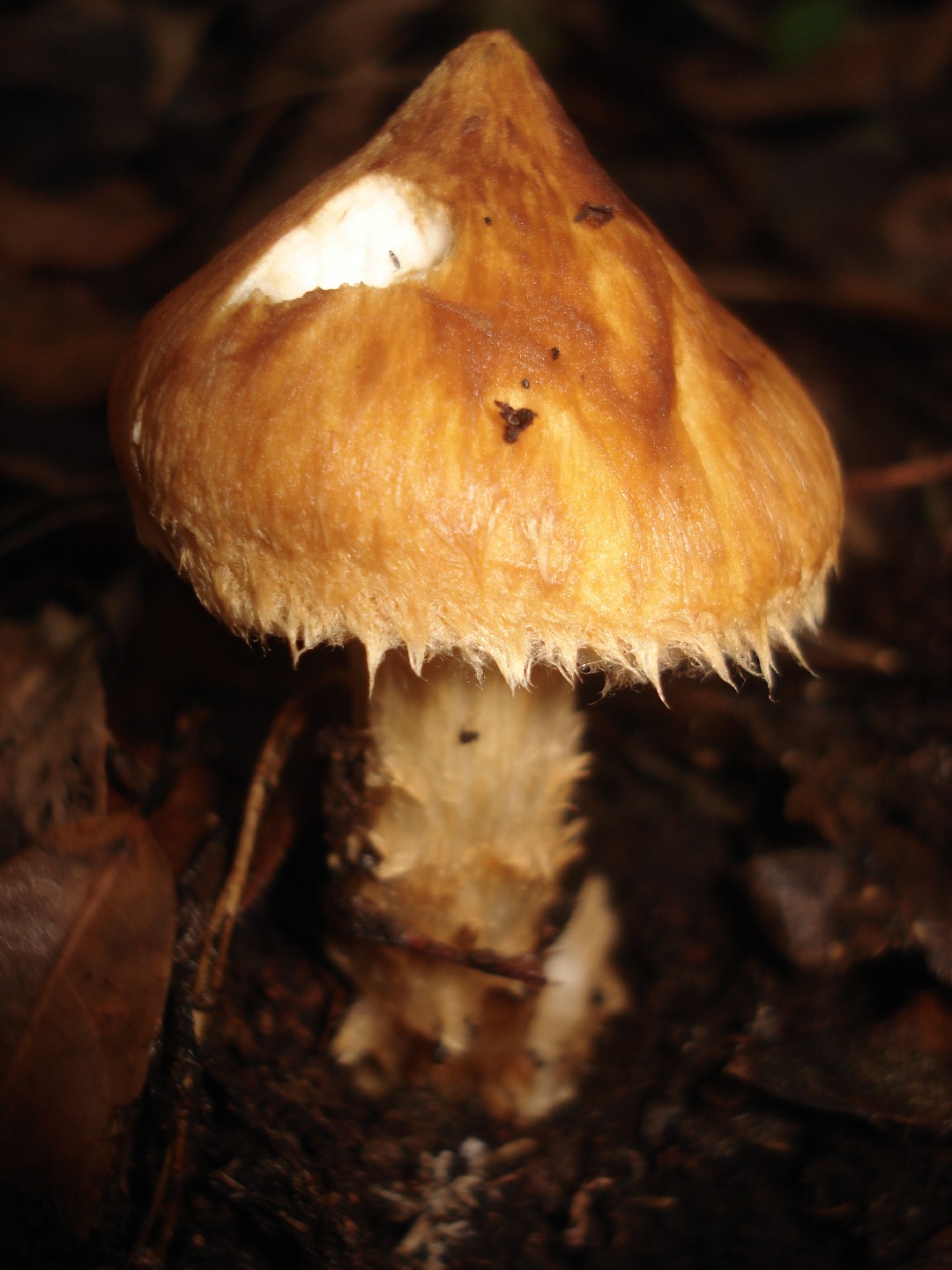Squamanita
Scientific name: Squamanita
Squamanita
Scientific name: Squamanita
 Photo By peachysteve , used under CC-BY-NC-4.0 /Cropped and compressed from original
Photo By peachysteve , used under CC-BY-NC-4.0 /Cropped and compressed from original Description
Squamanita is a rare and unusual group of fungi known for their parasitic nature. They infect and transform the fruiting bodies of other mushrooms, particularly those in the Amanita and Cystoderma genera. This process results in bizarre, chimera-like structures where squamanita emerges from the modified host mushroom. Their unique lifestyle and appearance make them a fascinating subject for mycologists.
Species of Squamanita
Scientific Classification
Phylum
Club fungi Class
Mushroom-forming fungi Order
Gilled fungi Family
Pale-spore mushrooms Genus
Squamanita 